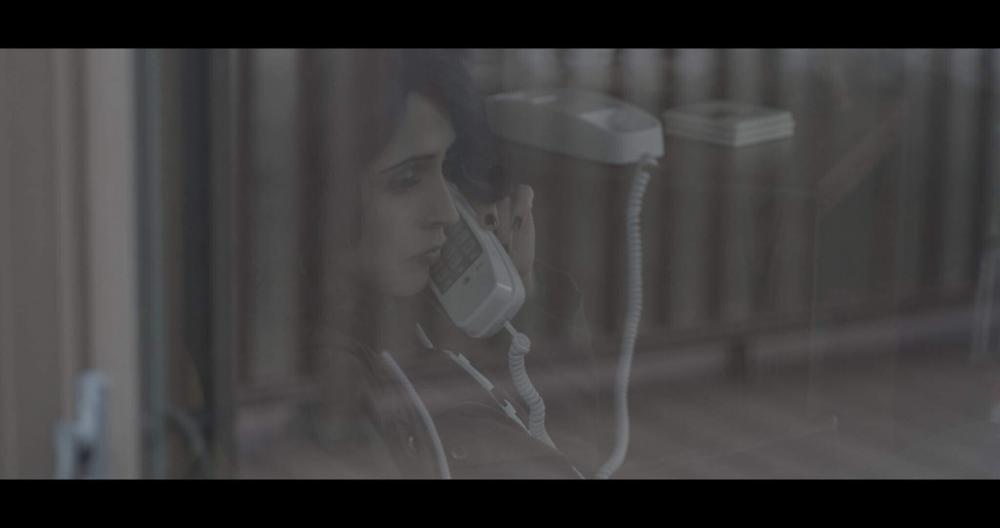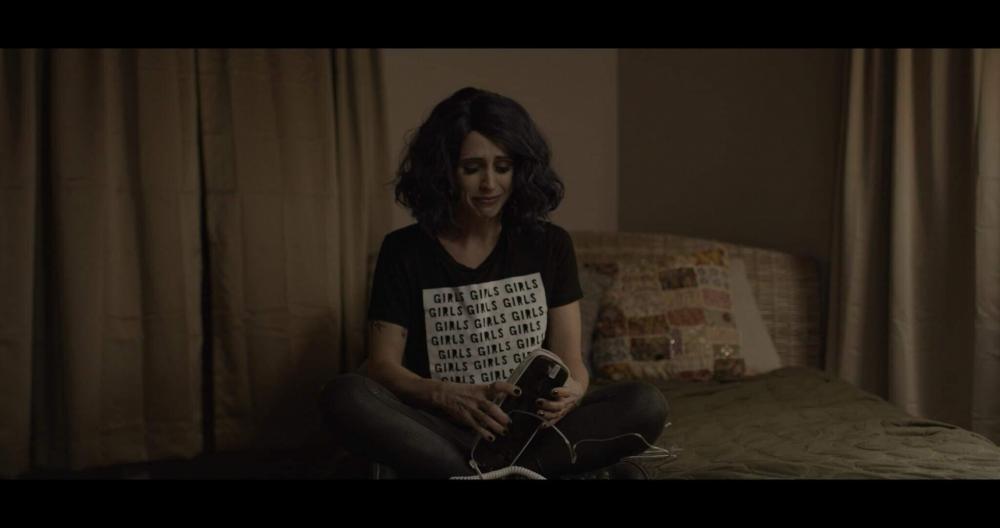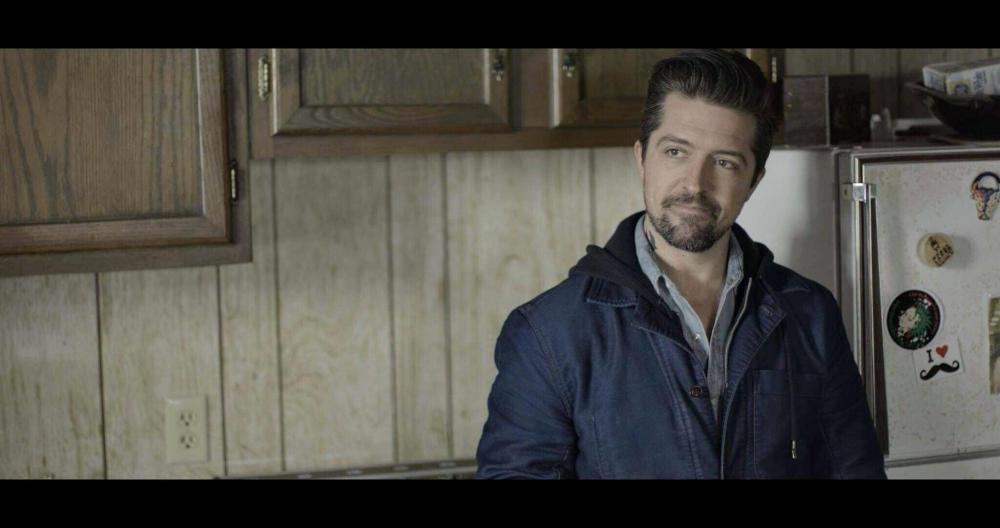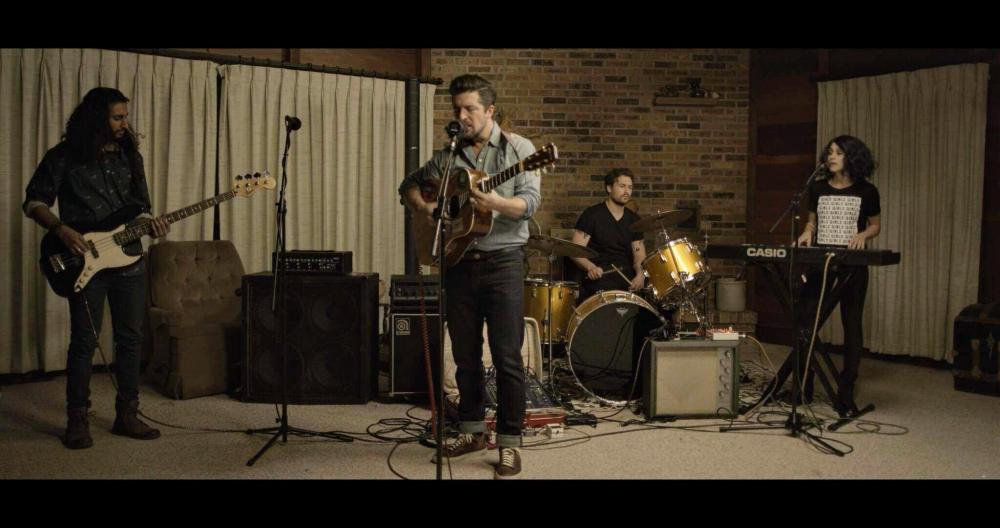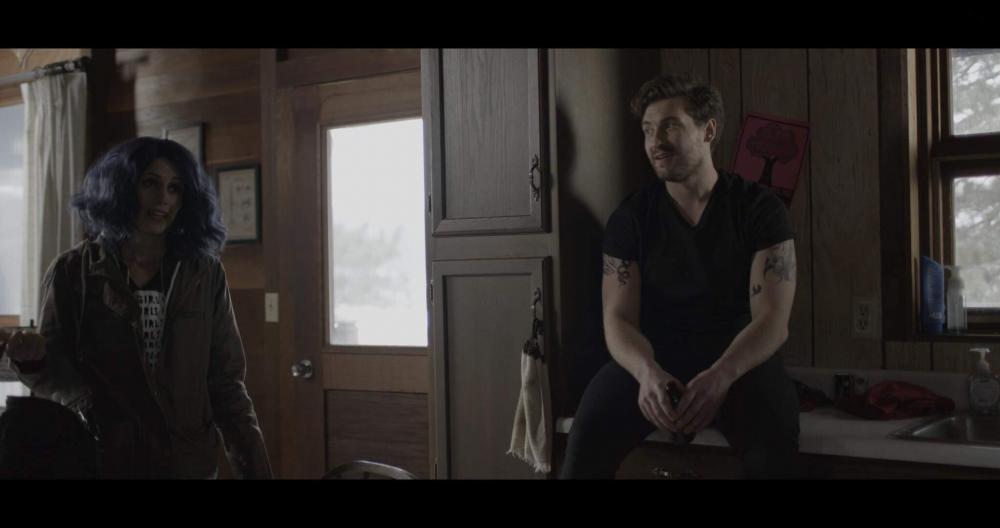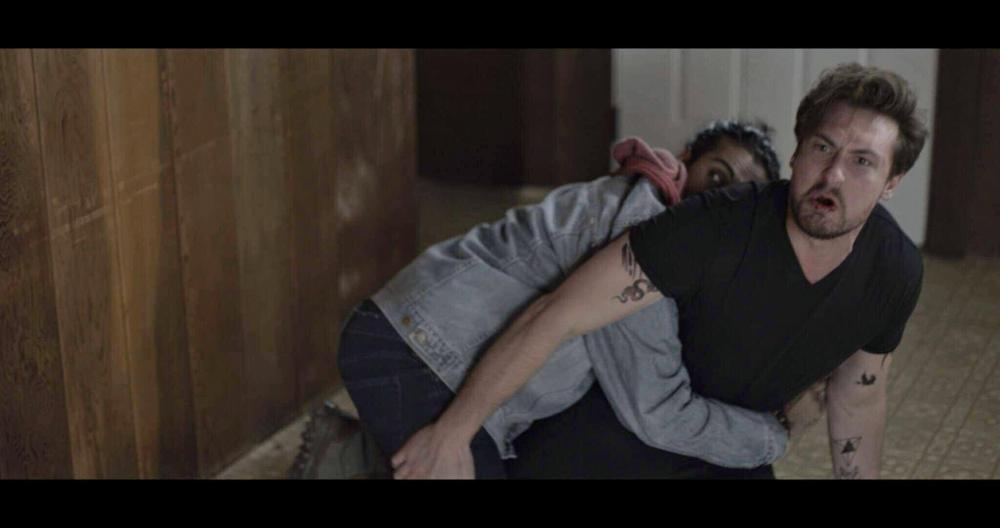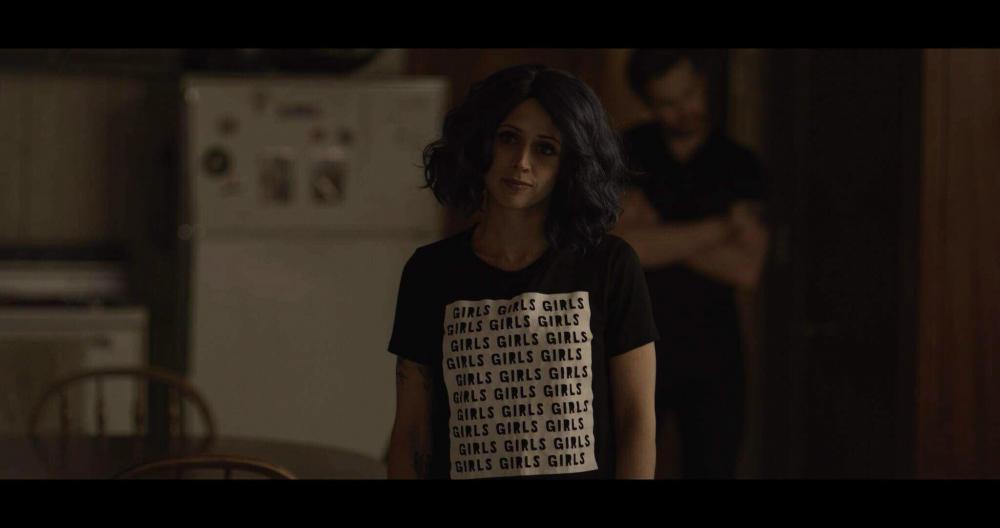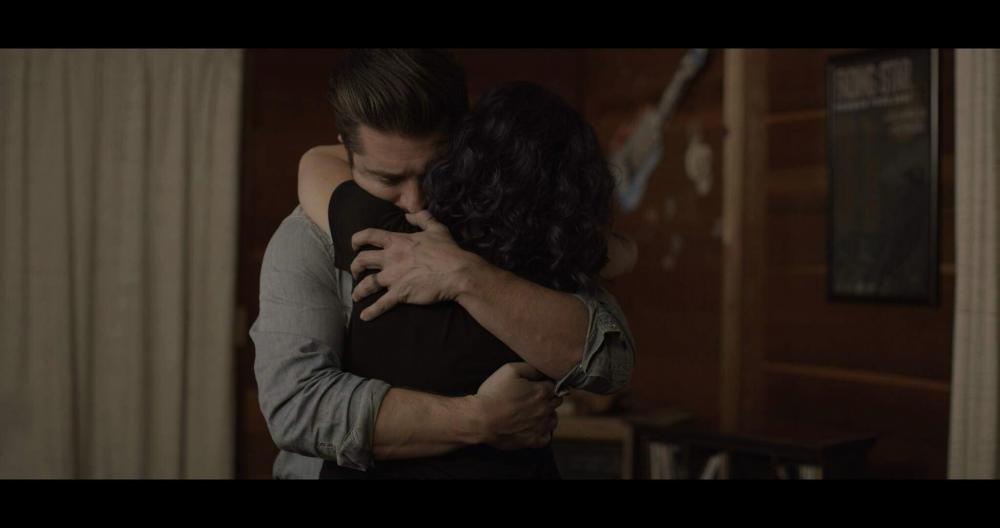-
Posts
1,503 -
Joined
-
Last visited
Content Type
Profiles
Forums
Articles
Everything posted by TheRenaissanceMan
-
3 rules: 1. Must be adaptable to EF mount and shorter. Gotta be able to use it on at least a C200/F3/UMP. 2. Must focus the "correct" (non-Nikon) direction with hard stops. Anything else messes with my muscle memory (or my AC's) and creates problems with remote follow focuses. 3. Must have appeal beyond just my taste: ie, should be desirable to clients who hire me, directors I work with, and other shooters who might rent them. Otherwise I'm just spinning my wheels. Personally I prefer a ~1.4x ratio between focal lengths, but I can make do with 2x in a pinch. In tight spaces it matters a great deal.
-
Consumer
-

Blackmagic Micro Cinema Super Guide and Why It Still Matters
TheRenaissanceMan replied to crevice's topic in Cameras
This wasn't the last BMD camera to use a Fairchild sensor...the 4.6K is made by them too -
Looks like a damn fine camera. Nice image, nice body, flexible mount, plenty of features. Shame about the blue clipping and rolling shutter. Problem for me is that this is knocking on used Ursa Mini prices, and that camera is objectively a better money maker for low end production work. ProRes workflow, real cinema body, and a name producers know and feel comfortable with. If this weren't my livelihood, or I had more money to toss around, I'd probably give it a go...but $4K is gonna relegate it to a "wait and see" for me personally.
-
@mercer I really loved my SLR Magic 12mm. Much nicer render than the Olympus or Rokinon, and truly lovely bokeh. Awesome close focus, too.
-

Panasonic S1 V-LOG -- New image quality king of the hill
TheRenaissanceMan replied to Andrew Reid's topic in Cameras
The Red Gemini, Alexa Mini, Varicam LT, and Ursa Mini Pro have pretty bad tracking AF, too. Maybe I should disqualify them from my future projects in favor of an A7III. -
@mercer very, very nice work. Your compositions and awareness of natural light are really improving!
-

Panasonic S1 V-LOG -- New image quality king of the hill
TheRenaissanceMan replied to Andrew Reid's topic in Cameras
Any LOG comparisons to the A7III yet? -
I think people are confusing f-stops and t-stops. The f-stops--the physical size of the lens opening--are the same. They have not changed them. The t-stops--the objective amount of light being transmitted through that opening--are less, due to the lack of coatings.
-

Panasonic S1 V-LOG -- New image quality king of the hill
TheRenaissanceMan replied to Andrew Reid's topic in Cameras
Who puts test charts in their movie? It's designed to show the malleability of information at low IRE values, which is useful data. -
They were rentals, and very reasonable ones considering our producer worked at the rental house. Besides, the Canons are actually very affordable in comparison to other cinema glass. Also, it was anything but a big shoot. 2 days in a friend's cabin with 9 crew and 4 actors. $2500 budget that largely paid for food, actors, and rentals. Our goal on the technical side was to get maximum production value for minimum money and give ourselves as much post-production flexibility as possible, because at the end of the day, no one watching the film cares what the gear costs; they just want to like what they see.
-
Very much enjoyed the look of the Canon CN-Es (same glass as the Ls with better QC, coatings, and housings) on Helium for a recent short I gaffed. Attempted a more raw, naturalistic feeling look than I generally do, and I'm pretty happy with the results. Grabs are from ungraded Rec.709 proxies.
-

Ursa Mini 4.6K dynamic range (Cinema 5D)
TheRenaissanceMan replied to AlexTrinder96's topic in Cameras
C5D also doesn't understand how to use a Xyla chart properly. You expose so the brightest chip is just BARELY clipping, then count down from there. Every C5D test I've ever seen clips more than one chip, and I can never figure out why. -

Organic Sensor to be Used in This Panasonic Camcorder in Early 2019
TheRenaissanceMan replied to buggz's topic in Cameras
You don't think Fuji will make royalties from this jointly developed technology? Sony makes more money selling their sensor tech than they do from their actual cameras. The same logic applies. -

2018: is it wise buying a camera without HLG / HDR support?
TheRenaissanceMan replied to liork's topic in Cameras
As some people here have already covered, any camera with a good enough codec and dynamic range can deliver good HDR results. Here's the best article on the internet detailing everything a shooter needs to know about HDR. https://www.provideocoalition.com/a-guide-to-shooting-hdr-day-1-what-is-hdr/ But as a quick reality check, HDR delivery is still fairly rare. Especially if you work in TV, low budget narrative, web series, commercials, music videos, or anything but huge budget features, you are not likely to deliver in HDR for years yet. Hold on to your masters just in case, but let's not for a second pretend that lack of HLG or Rec 2020 support in-camera is really going to hold you back. -

Organic Sensor to be Used in This Panasonic Camcorder in Early 2019
TheRenaissanceMan replied to buggz's topic in Cameras
Is this a s35 sensor, or 2/3 broadcast sensor? Exciting to think what future cameras this could potentially wind up in, but I definitely want to see footage and explore the pros and cons of the tech before we go slapping it in everything. -
Eh, not anymore. Ain't nothing separating hobbyists with passion/money from professionals except career shit and the sheer gumption to say "I'm out here, I'm doing it, I'm worthy of using the best I can get." I definitely know DPs who prefer to pull focus by hand (as opposed to a follow focus), so that may be closer to the real reason. Comfort matters too--just because something is "professional" doesn't mean it's the best fit for your particular style/workflow.
-
Wtf? Do people on this forum even work in production? EVERYTHING with a budget I work on is Alexa with fast lenses close to wide open, big soft LED sources, and practicals that play as real scene lighting. Low light levels are the current flavor, not only for speed (HUGE on paid work where producers are trying to save pennies anywhere they can), but because at those intensities, lighting looks about the same to the eye as it will to camera, as opposed to high levels where you'll often have no idea of your ratios until you pull out a meter or a monitor. This also means controlling your sources, blocking light, and choosing visually conducive locations becomes more important than ever, as your keys aren't nearly bright enough to knock errant light down. Maybe we need to make a topic detailing current industry visual and sound techniques, just so we're all on the same page with how things are done now and what matters.
-
Zoom F1? Just a nice self-contained lavalier mic/recorder?
-
People definitely look at a product and think "this looks like a movie" or "this looks like something cheap my nephew put together." Just because average viewers don't have the same visual acumen and vocabulary doesn't mean they don't recognize good aesthetics.
-

What Do Y'all Think of The Kinefinity Mavo LF?
TheRenaissanceMan replied to Zach Goodwin2's topic in Cameras
They did offer the UMP discount pricing to Ursa owners, though. -
Thinner dies in the OLPF I'm guessing. Better s/n, less precise color discrimination. The A7III also does a lot of NR, so look at detail rendering between the two as well.
-
You could split the difference and adapt Voigtlander EF/F primes. A nice modern cinema aesthetic, but much safer and more flexible as in investment.
-

The Black Friday deal that I want this year is...
TheRenaissanceMan replied to Jadesroom's topic in Cameras
At least where I am, it's generally an owner-operator camera, or owned by agencies/production houses. Those entities sometimes rent it out, like for a couple Garmin/Harley shoots I've done. Anything with product shots loves the Varicam for accurate color. Even in Milwaukee, a rather small market, we have as many Varicams as Alexas (though more REDs than either). Chicago, you'll definitely see more FS7s (they have a virtual monopoly on doco/reality), but Varicams are out there working all the time, like on the Lifetime movie I worked on a few weeks ago or the Kohler commercial the month before. Here's what I'm saying, man. Your experience in the professional sphere is limited, and in a small market, and your observations are purely anecdotal. So unless you have an article with hard sales numbers that back up your claim, then with all due respect I'm going to disregard your (in my eyes) baseless assertion. Let's try not to derail this thread any further. If we want to talk Varicam popularly, let's make a separate topic.




